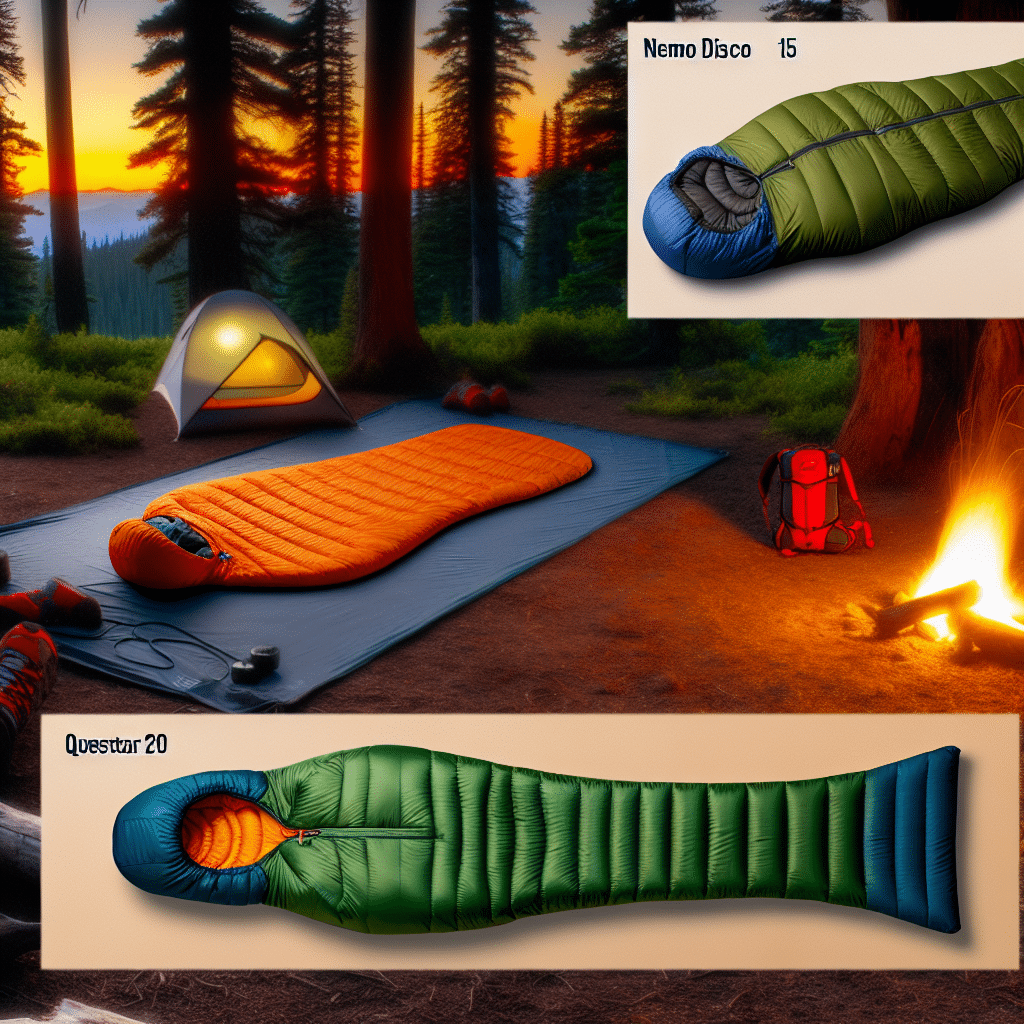Whether you’re a seasoned hiker or a newbie eager to embark on your first adventure, understanding the essential gear is crucial for a successful trek. Among the myriad of equipment, trekking bars stand out as an indispensable tool that enhances your trekking experience. This article dives deep into the world of trekking bars, exploring their benefits, types, and how to choose the perfect one for your adventure.
What Are Trekking Bars?
Trekking bars, commonly known as trekking poles or hiking sticks, are supports designed to aid hikers in maintaining stability, reducing strain, and enhancing overall trekking performance. These bars are typically constructed from lightweight materials like aluminum or carbon fiber, making them easy to carry without adding significant weight to your load.
Why Should You Use Trekking Bars?
Enhanced Stability and Balance
One of the primary benefits of using trekking bars is the enhanced stability and balance they provide. On uneven terrains, crossing streams, or navigating rocky paths, trekking bars act as additional points of contact with the ground, helping to distribute your body weight more evenly. This can prevent falls and injuries, allowing for a safer trekking experience.
Reduced Physical Strain
Trekking bars significantly reduce the strain on your legs, knees, and ankles by distributing the effort among your arms. This is particularly beneficial during steep descents, where the impact on your knee joints can be substantial. The use of trekking bars can alleviate some of this pressure, allowing for a more comfortable journey.
Increased Endurance
By engaging your upper body muscles, trekking bars help in spreading out the physical effort required during a trek. This balanced use of muscles can enhance your endurance, enabling you to hike longer distances with less fatigue. It also improves your posture, preventing backaches and other related discomforts.
Types of Trekking Bars
When it comes to trekking bars, there are several types to choose from, each catering to different needs and preferences.
Telescoping Trekking Bars
Telescoping bars are adjustable in length, allowing you to customize their height based on the terrain and your height. These bars typically feature two or three sections that collapse into each other, making them compact and easy to carry. They are ideal for varying terrains, providing flexibility and versatility.
Folding Trekking Bars
Folding trekking bars are another popular choice. These bars break down into smaller sections and can be easily packed away when not in use. They are slightly lighter and more compact than telescoping bars, making them an excellent option for backpackers and travelers with limited space.
Fixed-Length Trekking Bars
Fixed-length bars, as the name suggests, do not have adjustable sections. They offer unmatched stability and durability, often preferred by trail runners and ultra-light hikers. However, the lack of adjustability makes them less versatile compared to their telescoping or folding counterparts.
Choosing the Right Trekking Bars: What to Look For?
Material
The material of the trekking bars is an essential factor to consider. Aluminum bars are known for their durability and affordability, making them a favorite among many hikers. On the other hand, carbon fiber bars are lighter and absorb shocks better but come at a higher price point.
Grip
Grip design and material impact the comfort and usability of trekking bars. Cork grips are highly favored for their sweat-absorbing properties and comfort over long periods. Foam grips are also comfortable and provide excellent insulation in colder climates. Rubber grips, while durable, may not offer the same comfort level as cork or foam but provide a firm hold in wet conditions.
Weight
The weight of the trekking bars can influence your trekking experience. Lighter bars are generally preferred as they exert less strain on your arms. However, it’s essential to find a balance between weight and durability based on the demands of your trek.
Strap and Lock Mechanism
The strap and lock mechanism play a significant role in the functionality of trekking bars. Adjustable straps allow for a secure fit around your wrist, providing additional support and control. The lock mechanism, whether it be lever locks, twist locks, or push-button locks, should be reliable and easy to use.
Conclusion
Trekking bars are more than just walking aids; they are game-changers in the trekking world, enhancing your stability, reducing physical strain, and increasing your overall endurance. With various types available, it’s essential to consider factors like material, grip, weight, and lock mechanisms to find the perfect trekking bars suited for your needs. Equip yourself with the right trekking bars and unleash your adventure with confidence and comfort on the trails. Happy trekking!




